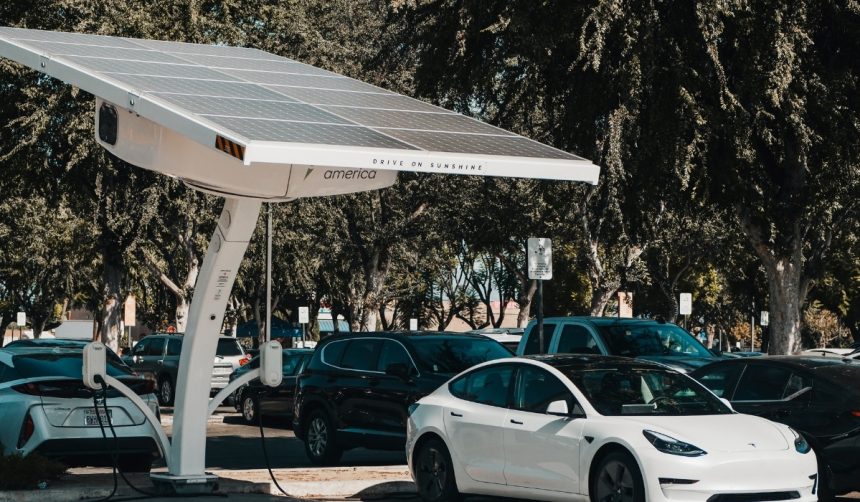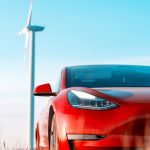Shares of Tesla have drawn renewed attention on Wall Street after the automaker achieved record deliveries for a single quarter and released its most capable Full Self-Driving (FSD) software to date. Investors are weighing what these milestones could mean for Tesla’s valuation, while anticipation builds among technology-watchers about the pace of self-driving innovation. This surge in deliveries and software advancements comes during a period when market sentiment around electric vehicles has been mixed, but Tesla appears to be steering the conversation towards its software and AI-centric future.
Analyst discussions around Tesla’s growth now focus more on its technology bets and delivery momentum than in earlier periods. While Tesla’s previous updates on self-driving features were met with cautious optimism, current analysis is more bullish due to the concrete improvement in delivery numbers and the FSD v14.1 upgrade. Recent years saw some skepticism regarding CEO Elon Musk’s compensation package and delivery targets, yet recent events have prompted several financial institutions to reassess their outlook. Previous years also had price targets fluctuating based on Elon Musk’s leadership stability and broader market volatility, but the present mood reflects greater confidence in the company’s growth trajectory.
Tesla Achieves Record Deliveries and FSD v14.1 Launch
Tesla’s announcement of its highest-ever quarterly deliveries has prompted multiple analysts to raise their price targets on the stock. Meanwhile, the introduction of the Full Self-Driving (Supervised) update, labeled v14.1, has further contributed to the optimistic forecasts. These advancements position Tesla not just as an automaker but as a technology firm at the intersection of mobility and artificial intelligence.
How Are Financial Institutions Reacting?
TD Cowen and Stifel have notably increased their price targets for Tesla—raising them to $509 and $483 respectively—with each firm citing different reasons. TD Cowen attributes the move to a combination of strong delivery data and continuity in leadership, stating,
“Tesla’s executive retention and successful deliveries support our positive outlook on the shares.”
Stifel, on the other hand, highlighted the advancements in the FSD suite, assessing the combined value of Full Self-Driving and emerging technologies like Optimus, Tesla’s robotics initiative.
“Full Self-Driving’s accelerating development justifies a higher target, with Robotaxi and Optimus adding to the equation,”
a Stifel analyst concluded.
Will AI and Automation Solidify Tesla’s Leadership?
Financial analysts now view Tesla as a significant player in both autonomous vehicles and the broader AI space. While Stifel suggests that a fully unsupervised FSD could debut by year-end, they acknowledge it remains uncertain for now. Despite these bullish sentiments, UBS continues to exercise caution, maintaining a ‘Sell’ rating but modestly raising its price target to $247, referencing ongoing delivery risks and competitive pressures.
Tesla’s stock price has climbed 24 percent over the past month, reflecting a shift in expectations as investors monitor real-world delivery figures and developments in self-driving functionality. Multiple price target adjustments signal that institutional outlooks are being recalibrated to accommodate higher growth assumptions, although the company still faces skepticism around its long-term autonomous driving ambitions. Recent analyst upgrades contrast with the more conservative stances taken during less active quarters, underlining how quickly sentiment can move in response to operational progress.
Tesla’s recent run of delivery achievements and expanded FSD capabilities have recalibrated analyst models and put a spotlight on the company’s approach to AI and autonomy. Those considering the stock now must weigh the company’s ability to translate ambitious technology claims into real-world impact. Investors should follow how FSD adoption rates and regulatory responses evolve, as these factors could further shape market sentiment. For those tracking the sector, understanding how Tesla monetizes its software offerings compared to hardware profits might offer additional insight into the sustainability of its current valuation. Strategic investment decisions benefit from monitoring both short-term operational metrics and longer-term competitive threats, especially as global automakers ramp up their software strategies.










